Ground Beef and Carrot Baby Food
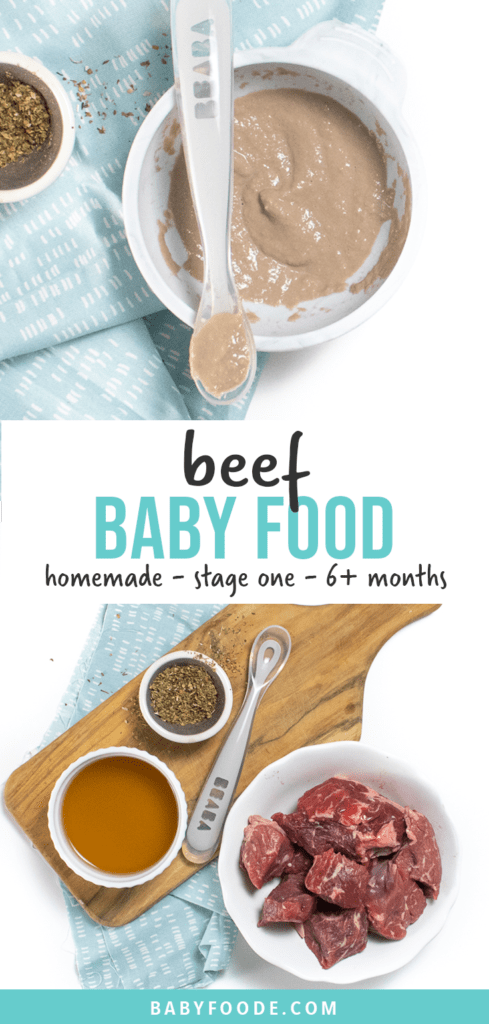
This homemadeBasic Beef Baby Food is a great addition to your baby's favorite purees for extra protein and flavor! It's an incredibly simple recipe with big flavor and nutrition! It's perfect as a Stage One Baby Food – 4-6+ months.
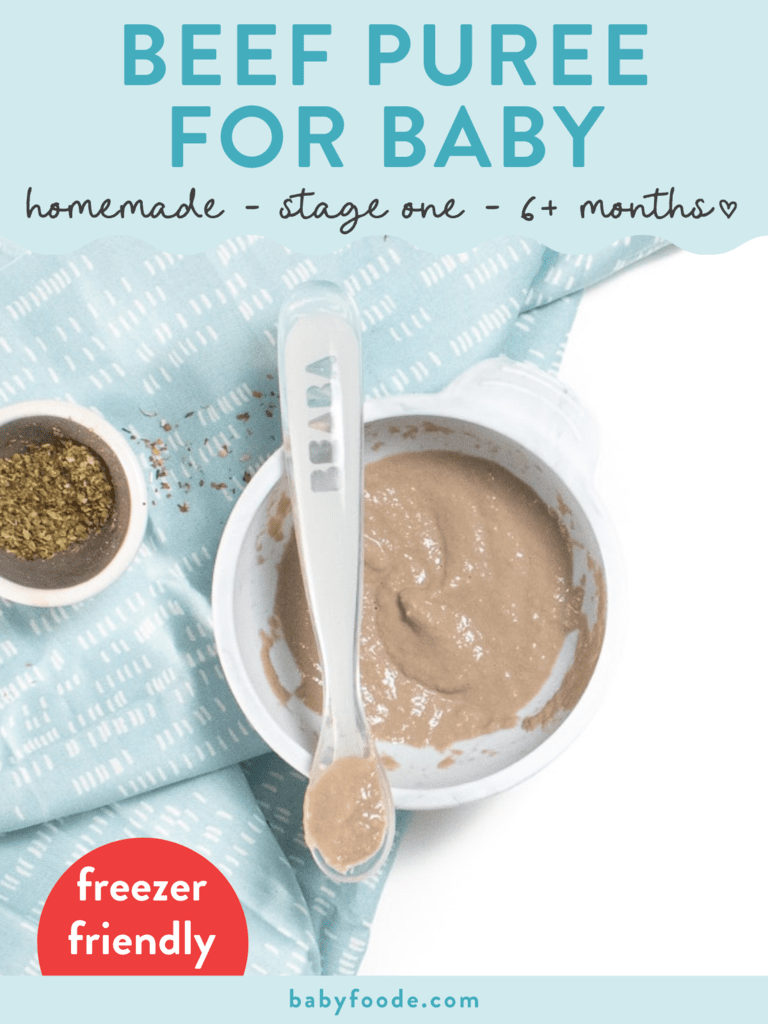
Medically reviewed and co-written by Jamie Johnson, Registered Dietitian Nutritionist (RDN), and Lauren Braaten, Pediatric Occupational Therapist (OT).
Beef Baby Food
Beef, it's what's for baby's dinner! Beef puree, that is. 😉
This beef puree is loaded with so many great nutrients that your baby needs in order to thrive – protein, iron, calcium and folate.
And while it may seem counter-intuitive and perhaps weird (or at least it did to me), beef puree 🥩 is a great first food for your baby.
Just because it's a nutrient-dense puree doesn't mean your baby needs bowls upon bowls of it. Since beef puree has a somewhat intense flavor, a few spoonfuls added to your baby's favorite veggie or fruit puree should be enough.
Is it your first time making homemade baby food? If you answered yes, then I suggest you start this journey by reading my in-depthGuide on How to Make Homemade Baby Food. The detailed article goes over all the essential information such as the best cooking tools to have on hand, safe storage, knowing when your baby is ready for solids, introducing purees, making the best first foods for baby, and more! You can also check out my best-selling cookbook for even more information and recipes.
Beef Puree Video
Watch this video to see how easy it is to make your baby homemade Beef Puree!
Reasons to Love this Beef Puree
- simple yet flavorful
- packed with protein
- great to add to any other fruit or veggie puree that baby loves
- baby food for 4-6 months and up
- stage 1 baby food
- freezer-friendly
- homemade
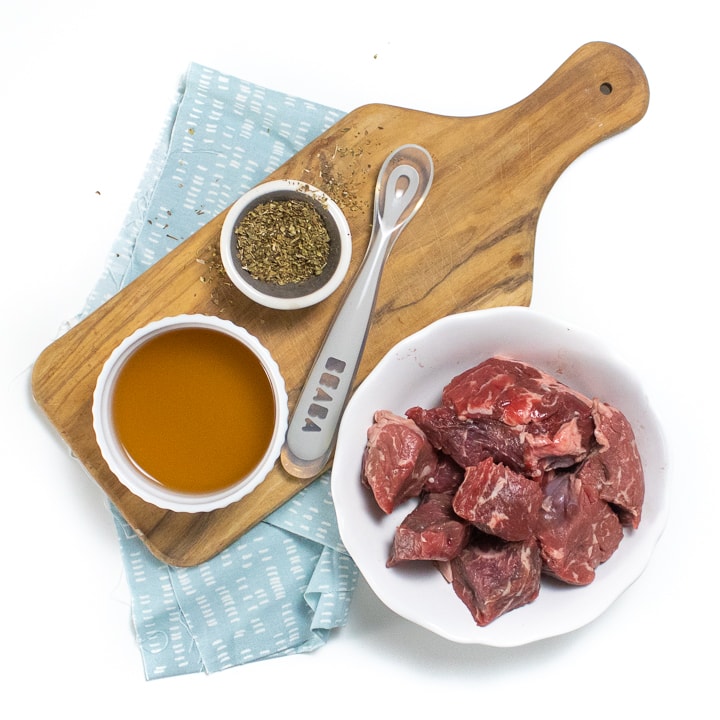
Ingredients
Make sure to read the recipe card below for full ingredients and instructions!
- Beef: Since beef is the star of the show in this puree, we are going to start with a good piece of meat. We are going to use 8oz of chuck stew meat or cubed sirloin beef. You can also easily scale up this recipe if you want more than 12 ounces of baby food.
- Broth: To get that rich, deep beef flavor, we will cook our beef in beef broth. I recommend using a low-sodium, sodium-free, or free-range beef bone broth for this recipe. You can also use any of those variations above with a vegetable broth as well. If you don't have any of those on hand, you can use water.
- Oregano: We are adding dried oregano to give the puree a little more complex taste. This can easily be omitted if you prefer or you can substitute in dried parsley, basil, rosemary, thyme or cilantro.
Grass-Fed Beef: I recommend using grass-fed beef for this recipe, if possible. Grass-fed beef will have more healthy fats, more free Omega-3 fatty acids (healthy fats), vitamins A, E, and B as well as more antioxidants.
Health Benefits of Beef
- Protein: Beef is an excellent source of protein, which is essential for proper growth and development of all organ systems and maintaining and repairing tissues. It is considered a complete protein, meaning it has all of the amino acids that are needed to make protein.
- Iron: Beef is a good source of iron, needed for making red blood cells, neurodevelopment and preventing iron deficiency anemia, and zinc, needed for growth and development and supporting the immune system.
- B12: Beef is also high in B12, which is essential for brain development and healthy red blood cells.
- Choline: can also be found in beef, which is also important for brain growth and development.
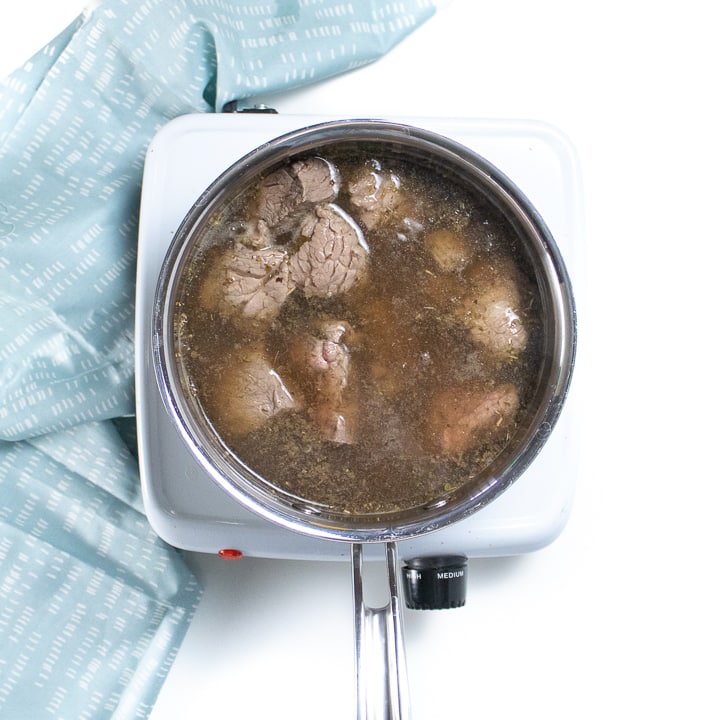
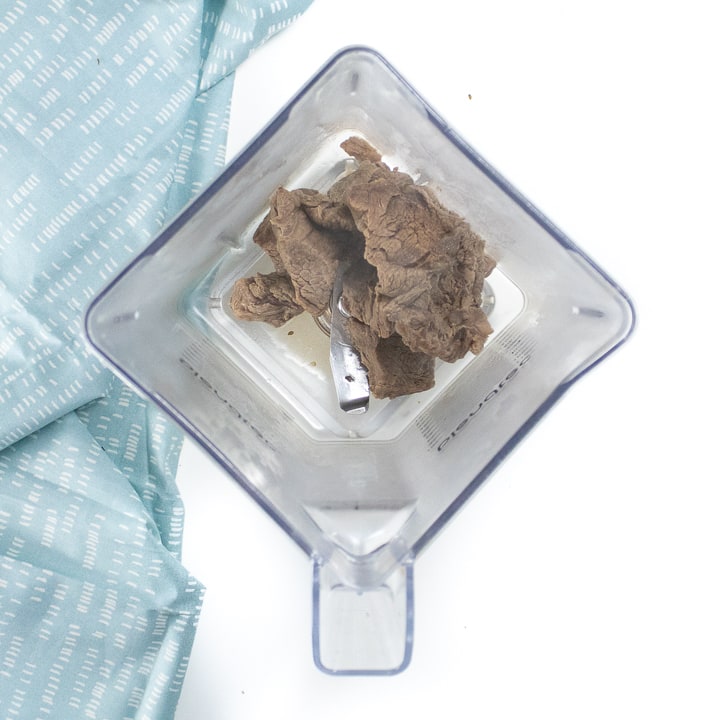
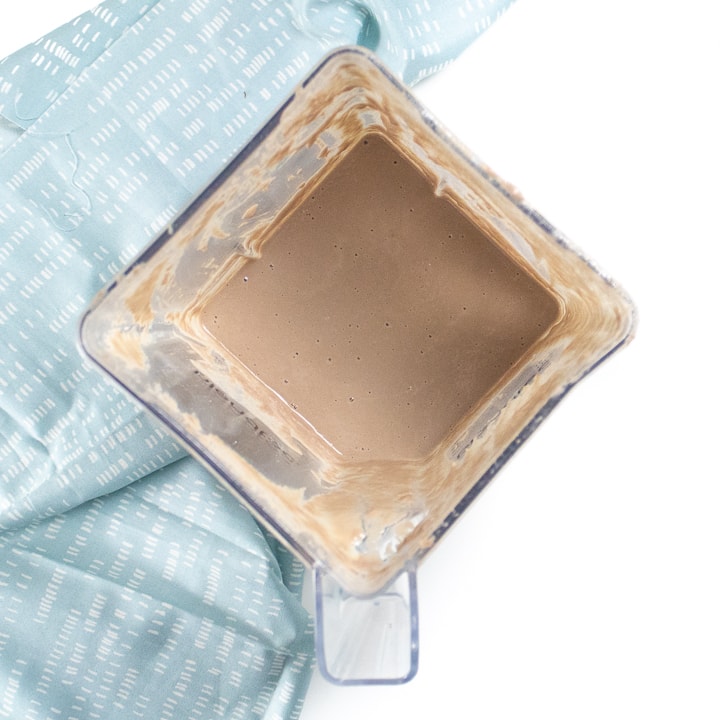
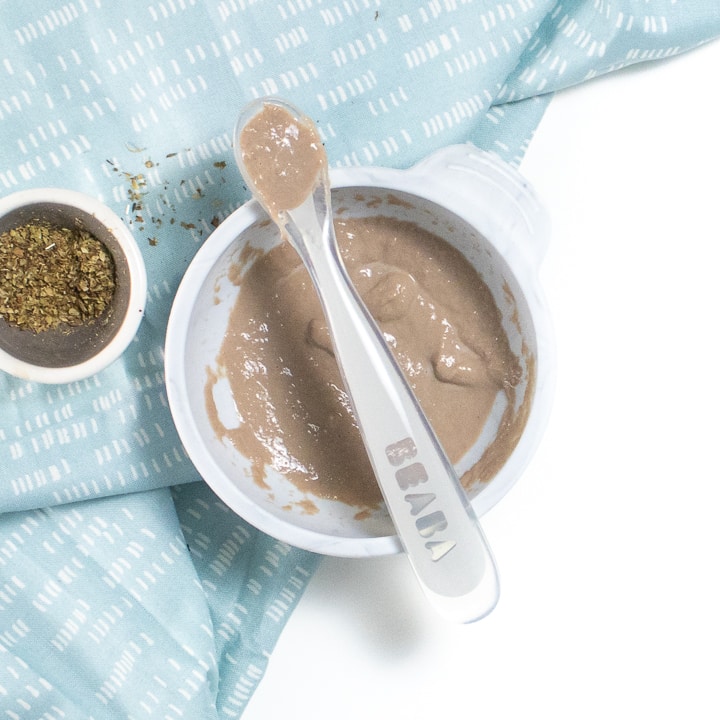
Step-by-Step Instructions
- Boil: In a medium saucepan, bring the cubed beef, broth, and oregano to a boil over medium heat.
- Simmer: Turn the heat down to low and cover the saucepan. Simmer for 15-20 minutes or until the beef is just cooked through. Let it cool slightly.
- Puree:Using a slotted spoon, transfer the beef to a blender or food processor and puree until you reach your desired consistency, adding broth in 1/4 cup increments if needed.
- Eat: Serve to your baby plain or added into another puree.
- Freeze: Store a small portion in the fridge and freeze the rest for another meal.
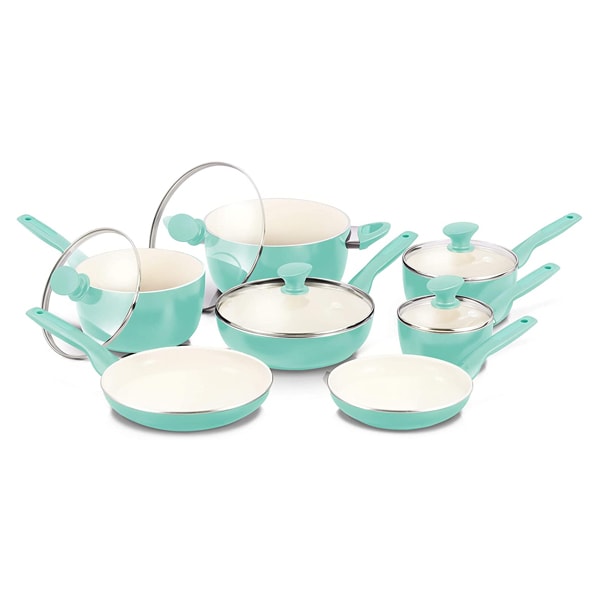

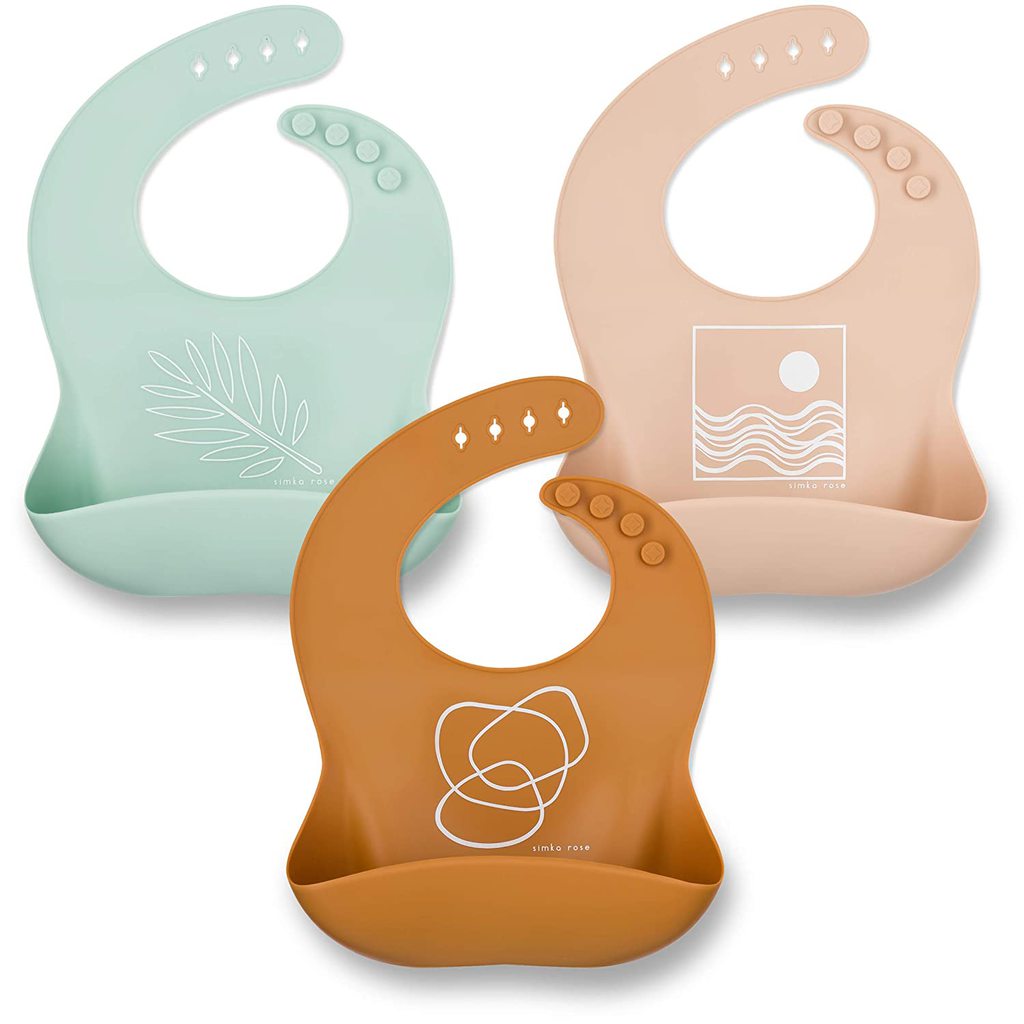
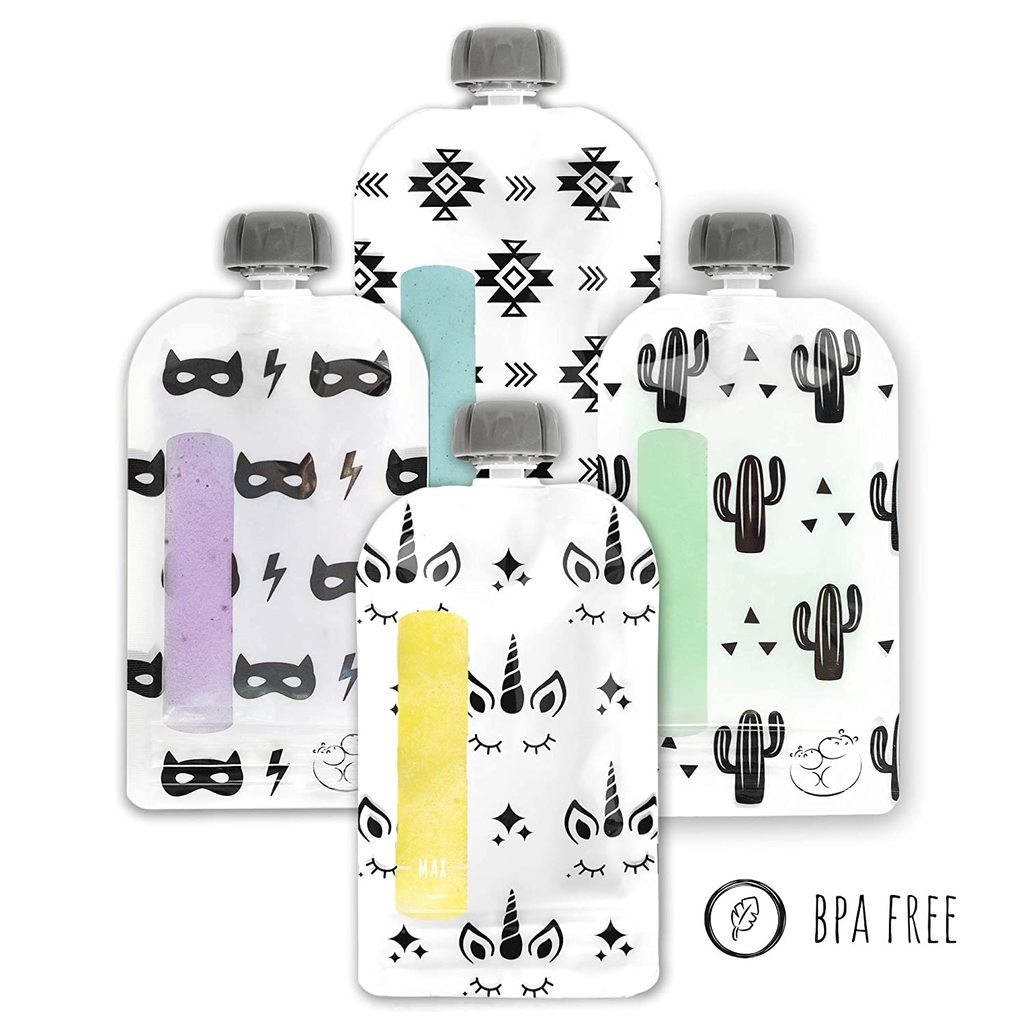
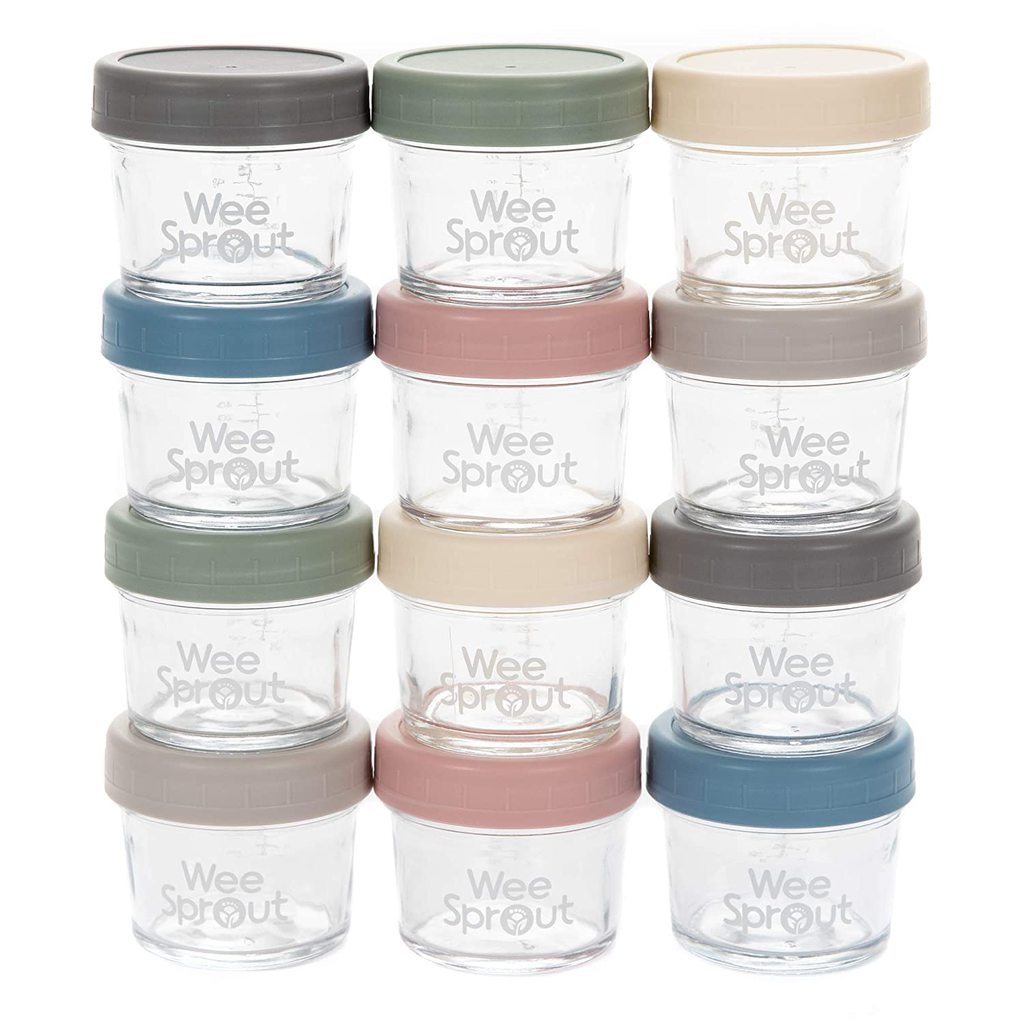
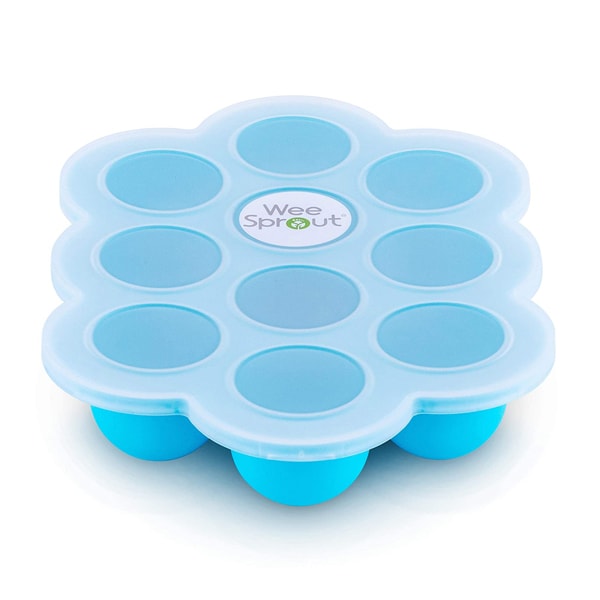
These tools will make it a lot easier for you to make this healthy Beef Puree. For more of my favorite kitchen tools make sure to check out my shop.
- Saucepans
- Blender or Food Processor
- Freezer Tray
- Storage Containers for Fridge
- Stasher Bag
- bib with catch pocket
- Saucepans
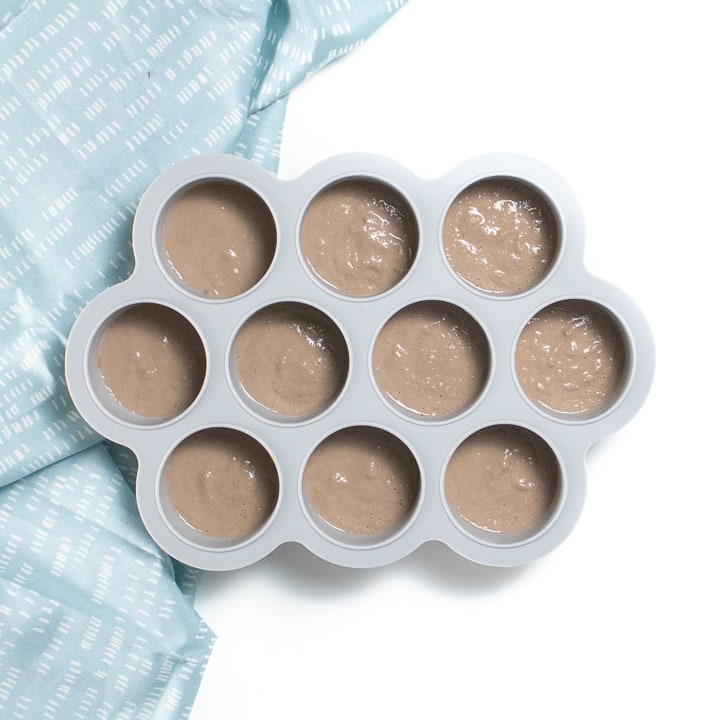
Frequently Asked Questions
When can baby eat beef puree?
Babies can have beef as one of their first foods. When a baby can start on solids is determined by their own rate of development, which generally comes between 4-6 months of age. Some of the developmental milestones babies need to reach in order to start solids include: if your baby has solid control of their head and neck, if your baby has doubled in weight, and if your baby is reaching for or opening their mouth when you eat (see my guide here). Before you start your baby on purees, you should consult with your pediatrician to make sure your child is developmentally ready.
Can beef be baby's first food?
Yes, beef can 100% be baby's first food if you want it to be. It is recommended to wait to introduce the top eight allergen foods to baby once a few other well tolerated foods have been introduced, but otherwise foods can be introduced in any order so choose whatever you are most excited for baby to have.
Is beef a common allergen for baby?
No, beef is not a common allergen, however, as with any food, start with a small portion and be aware of any signs that might be an allergic reaction after introducing it.
Does beef cause constipation for babies?
No, beef itself is not known to cause constipation in babies, however it won't really help with constipation either since it lacks fiber. If baby is eating too much meat, it could replace fiber-rich foods, which could cause constipation.
How to Store Beef Puree
Refridgerator
You can store this puree in an airtight container in the fridge for up to 3 days.
Freezer
This puree can be frozen for up to 2 months.
- Spoon puree into a freezer storage container. Do not overfill.
- Place the lid on the storage container or cover with a piece of saran wrap, and label with the date and recipe name.
- Place the tray into the freezer and let it freeze completely — preferably overnight.
- Pop out the baby food cubes and place them in a ziplock baggie or stasher bag. Don't forget to relabel the baggie or stasher bag for future reference.
Need more information on how to store your baby foods? Head over to my Best Baby Food Storage Containers – Plus 6 Tips on Freezing and Thawing post!
Label Tip:Don't forget to label your purees before you place them in the fridge or freezer with the name of the puree and the date you made it. Take it from me; by the end of the week, you will completely forget what is in your freezer and how long it's been there. 😉

Great Beef Combination Purees
While this beef baby food is great by itself, it can be a little intense for some babies. I recommend mixing it into one of your baby's favorite purees as an introduction to the rich taste of beef. Here are some great purees to mix with the beef puree:
- Apples
- Sweet Potato
- Pear
- Carrot
- Broccoli
- Pea
- Mango
PUREE FEEDING TIPS
- Follow your baby's lead – when feeding purees from a spoon, sometimes there's a tendency to keep offering bites past the point of your baby being full. Always follow your baby's cues for when they are done eating. Turning away from the spoon, closing her mouth, or pushing food away are all signs that your baby is finished with the meal.
- Try adding a little seasoning or spice to purees– babies like flavor! Or consider changing the temperature of purees from time to time, to slightly warmed or slightly chilled. Varying these aspects adds to the sensory experience!
- Throwing spoons is a common phase that all babies go through at one point or another. One of the best ways to handle spoon throwing is to ignore it and keep feeding your baby as usual (with an extra spoon you already have at the table). If your baby ends up also throwing back up spoons #2 AND #3, simply encourage your baby to eat with their hands until they appear to be finished with the meal. ***Give baby plenty of opportunities to practice putting items in and taking items out of containers outside of mealtimes.
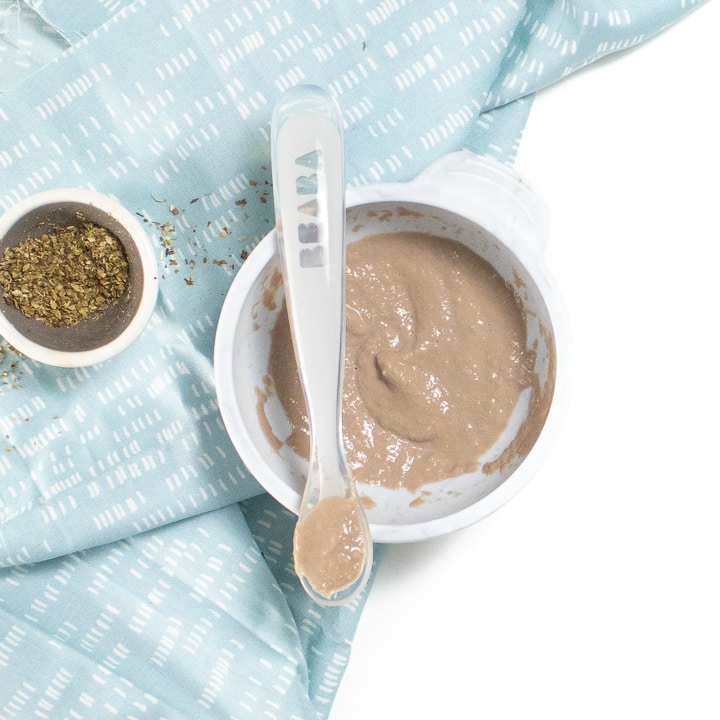
Recipe Tips
- Use a Slotted Spoon: When transferring the cooked beef from the saucepan to the blender, make sure to use a slotted spoon so you don't add too much broth into the puree from the start. You only want to add broth if needed while blending. I had to add a 1/4 cup of broth to the blender while I was pureeing this beef.
- Reheat Gently: If you are freezing some of this beef puree, reheat it in 20-second intervals. You don't want to recook the beef.
Recipe
- 8 ounce beef chuck stew meat, or cubed sirloin beef
- 2 cups beef or vegetable broth, low or no sodium
- 1 tsp dried oregano
-
Boil: In a medium saucepan, bring beef, broth and oregano to a boil over medium heat. Turn to low and simmer for 15-20 minutes or until beef is cooked all the way through. Let cool slightly.

-
Transfer: Using a slotted spoon, transfer the beef to a blender or food processor, reserve broth.

-
Puree: starting on low and working your way up to high-speed, puree the beef until you reach your desired consistency, adding in broth in 1/4 cup increments if needed. I had to add in just 1/4 cup of broth to get the consistency seen in this photo.

-
Eat: serve to baby plain or added into another puree.
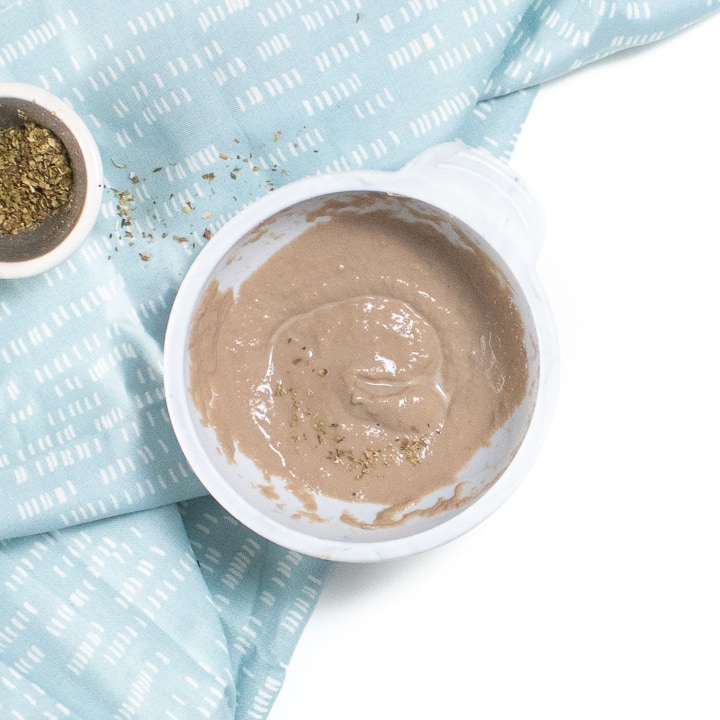
-
Freeze: store a small portion in the fridge and freeze the rest for another meal.

Age: 4-6 months and up
Yield: 12 ounces
Storage: Fridge – store in an airtight container in the fridge for up to 4 days or in the freezer for up to 4 months.
Source: https://babyfoode.com/blog/basic-beef-baby-puree/
0 Response to "Ground Beef and Carrot Baby Food"
Enregistrer un commentaire